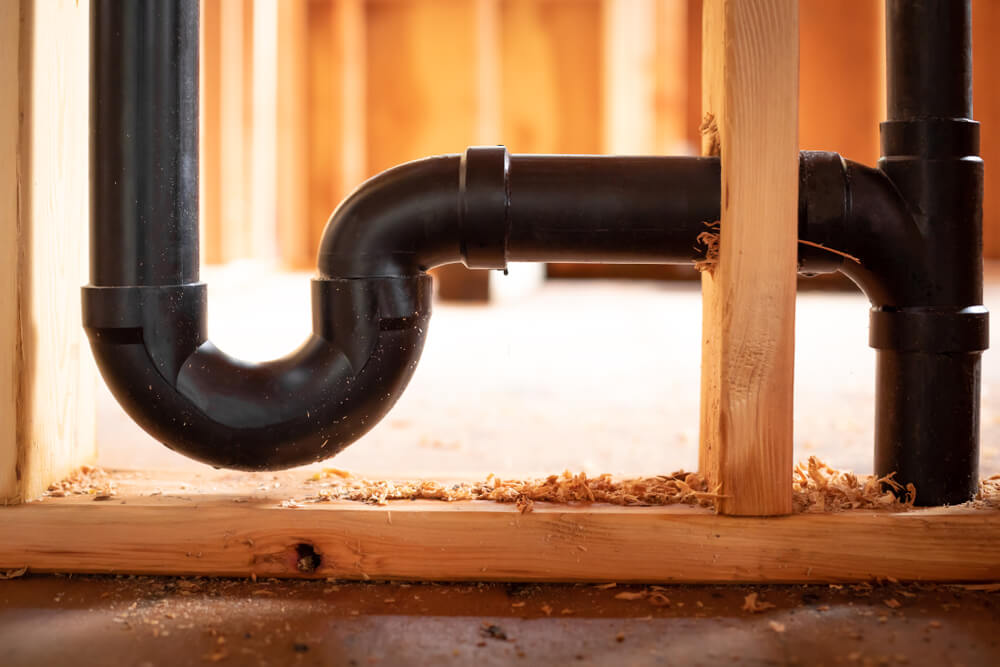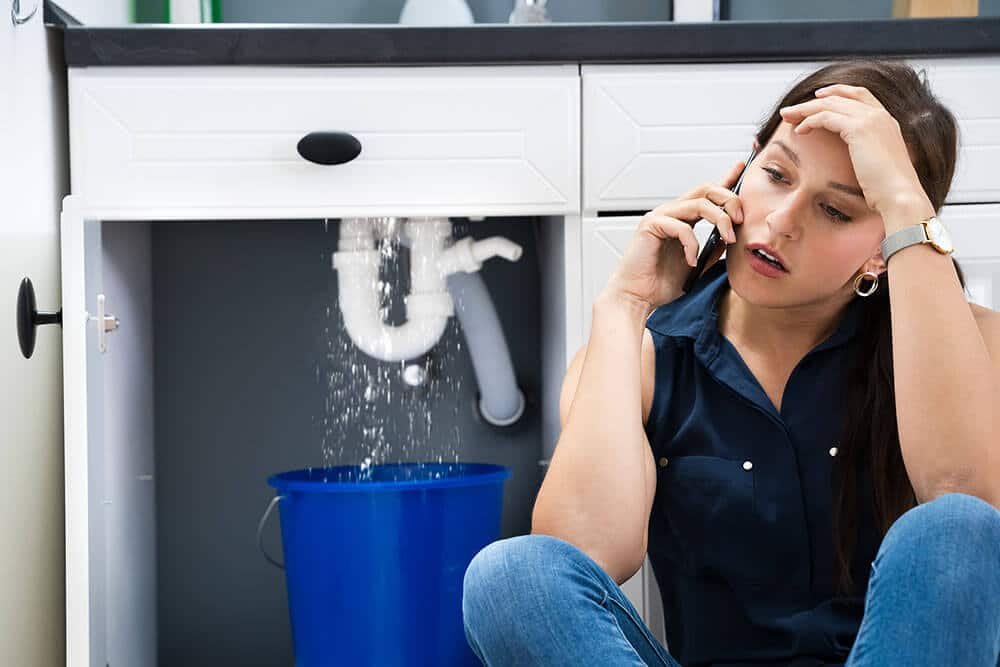Getting the ABCs of Home Plumbing: A Beginner's Overview
Getting the ABCs of Home Plumbing: A Beginner's Overview
Blog Article
On this page on the next paragraphs you can locate lots of really good advice regarding Plumbing basics: How your home plumbing works.

Plumbing is a crucial facet of any type of home, in charge of supplying tidy water for drinking, food preparation, and showering, in addition to getting rid of wastewater safely. Recognizing the essentials of home plumbing is vital for every single property owner to make certain proper upkeep, troubleshooting, and, if essential, repair work. In this newbie's overview, we'll cover the fundamental concepts of home plumbing to assist you come to be much more familiar with exactly how it functions.
Water Furnace
The water heating unit is in charge of home heating water for domestic use, including bathing, cooking, and cleansing. Typical kinds of water heaters consist of tank-type hot water heater, tankless (on-demand) water heaters, and heatpump hot water heater. The water heater is linked to the water system system and supplies hot water to plumbing fixtures as needed.
Drain System
The drain system gets rid of wastewater from your home and brings it away to a sewer therapy facility or septic system. It consists of a network of pipes, fittings, and fixtures that move wastewater from plumbing components to the major sewage system line or septic system. Correct water drainage is essential to prevent clogs, backups, and sewage leaks.
Ventilation System
The ventilation system assists preserve appropriate atmospheric pressure and stop sewage system gases from entering your home. Air vent pipes, likewise referred to as vent stacks, extend from plumbing fixtures to the roof, allowing sewage system gases to run away securely outdoors. Air flow pipes also allow air to go into the drain system, helping with smooth wastewater flow and avoiding suction or vacuum results.
Water System System
The water system system brings clean water into your home from a metropolitan water source or a private well. It consists of a major water line that links to your home's plumbing system, typically located underground. A water meter gauges the quantity of water taken in, while a shut-off valve permits you to control the circulation of water into your home.
Plumbing Components
Plumbing components are devices that supply water to different parts of your home and include sinks, taps, bathrooms, showers, bathtubs, and home appliances such as dishwashers and cleaning equipments. Each component is linked to the water supply system using pipes and fittings and might have its shut-off valve for upkeep or emergencies.
Usual Plumbing Tools
Having the right devices available is essential for executing fundamental plumbing repairs and upkeep tasks. Common plumbing devices consist of adjustable wrenches, monkey wrench, pliers, pipe cutters, hacksaws, bettors, augers (or drain serpents), and Teflon tape. Having these tools easily offered can aid you deal with small plumbing issues successfully.
Basic Plumbing Fixings
While some plumbing repairs might require expert aid, many typical concerns can be addressed with fundamental do it yourself techniques. Discovering how to repair a dripping tap, unblock a drainpipe, replace a commode flapper, or repair a dripping showerhead can conserve you time and money on plumbing fixings.
Conclusion
Recognizing the basics of home plumbing is vital for every single home owner to maintain a safe, practical, and reliable plumbing system. By familiarizing yourself with the supply of water system, plumbing components, drainage system, ventilation system, common plumbing tools, and fundamental fixings, you can with confidence address small plumbing issues and ensure your home's plumbing system operates smoothly.
Understanding Basics of Home Plumbing System: A Beginner's Guide
The Main Components of Your Home Plumbing System
The Water Supply System
This system is responsible for transporting fresh water into your home. It usually has a main water line that splits into two branches: one directed towards cold water services and the other connected to a water heater for hot water. The pressure is key here; it ensures water reaches all parts of your house.
The Drainage System
Once water has been used, it becomes wastewater that needs to be removed from your home. This is where the drainage system comes into play. It includes all the pipes that carry wastewater and sewage away from your house to sewage treatment facilities or septic tanks.
The Vent System
The vent system prevents sewer gases from entering your home and helps maintain the pressure balance that allows wastewater to flow out properly. These vents usually exit through the roof of your house.
Water Heating System
For those who enjoy hot showers or using hot water for cleaning, the water heater is a crucial part of the plumbing system. It can be a tankless system, which heats water on demand, or a traditional water tank model.
Common Plumbing Problems and Basic Troubleshooting
Plumbing systems, while designed to be durable, can face issues like clogged drains, leaky faucets, or low water pressure. Here are some basic troubleshooting tips:
Clogged Drains
Use a plunger or a plumber's snake to try and dislodge whatever is blocking the drain. Regular cleaning can prevent clogs.
Leaky Faucets
Often caused by worn-out washers or gaskets, these can usually be replaced by someone with basic DIY skills.
Low Water Pressure
This might be due to sediment build-up in your fixtures or a leak somewhere in your water line. Cleaning out aerators or seeking a professional to detect leaks might be necessary.
Preventive Maintenance Tips
Maintaining your plumbing system is key to avoiding emergencies. Regularly check for leaks, avoid disposing of grease down the sink, and have your system inspected by a professional plumber at least once a year.

I discovered that blog post on when perusing the search engines. Make sure you take the opportunity to share this entry if you liked it. Bless you for your time. Please visit our website back soon.
Click Here Report this page